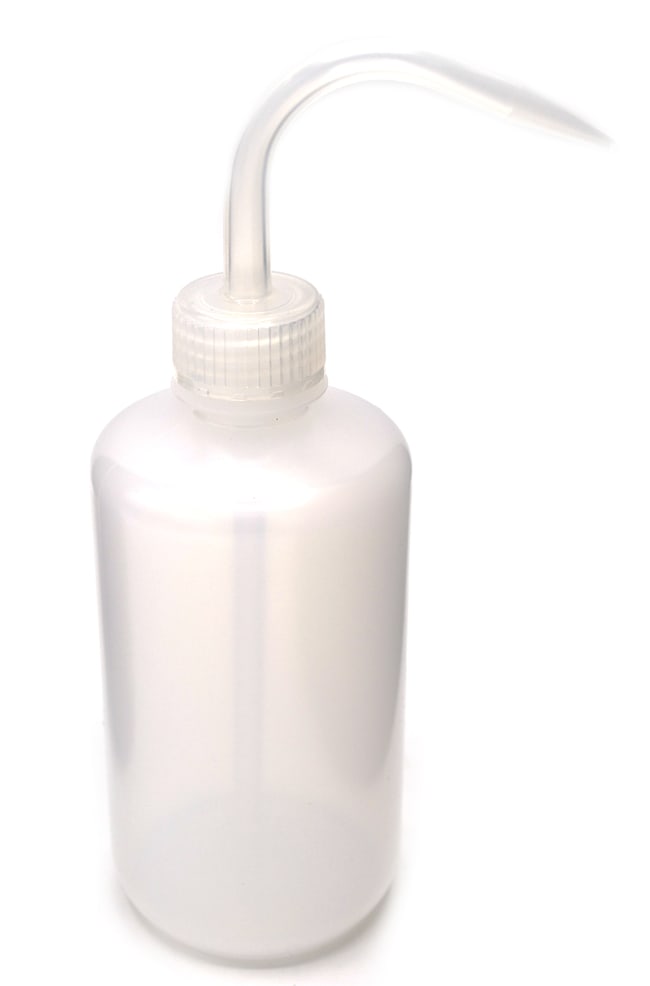Hmm, so maybe an SG500 wouldn't be the worst purchase? I have some older knives that could definitely really use a sharpening, and I would actually prefer to practice on these before I start sharpening my gyuto.
I do plan on buying an Atoma 140. I'll grab a strop off of Amazon, had some pretty good luck with them when I was previously trying out sharpening planes.
I got a Kasfly bridge and have a food prep tray on the way so I should be good in that aspect!
As you've likely detected by now through this and other postings, there are various school's of thought on the many aspects of sharpening. And as different as many of them can be, it doesn't mean that a lot of it is right or wrong. It's just different. There's a lot of paths to get to the same destination. The trick is finding the one that works for you. Sometimes we try multiple before looking back and realizing what path we could've taken. But we don't know what we don't know and need to learn it to know.
I'm a fan of coarser stones. As you've noted and many others have supported, there is vey much a philosophy of using higher grit stones to learn on as the risk of significant mistakes is less. I get it. It's a fine approach and a path many take successfully. I just feel differently.
@Deadboxhero was the first guy I heard talk about time on stones. Very loosely, the idea is, the more time you spend on the stone, the greater your chances of messing something up. I very much subscribe to this idea and it influences me to this day.
If I grab a knife that I know I can sharpen and that I think doesn't need much and I put it on say my SG2k and after a couple minutes I'm not raising a burr or am not happy with the progress, I drop down. Even though I
know I shouldn't need to and I've used that 2k on that same knife at that same level of sharpness many times, for whatever cosmic reason, at that particular moment, it isn't happening so I just drop to my SG500. But the same could be said for that stone. Did some soft/er stainless for a friend a few days back. One of the Wusthof's wasn't too bad (I sharpened it last) and I took it to my SG500. I would normally not have an issue but for whatever reason, at that particular time, I just wasn't feeling it and wasn't apexing the belly. I made some adjustments but still wasn't happy so I didn't fight it. I set the 500 aside and grabbed a 300 grit diamond. A few strokes and I had it. Then back to the 500 for finishing and then done.
I like being able to drop down and get results quickly. But, you do need to mind what you're doing. A Sharpie is key here. Let the knife and the stone tell you their story. Mark the bevel, make a couple passes, study the removal pattern, understand what you need to adjust, re-mark, do it again. You can use lighter pressure at first to get a feel for things. But you'll also raise the burr faster, get quicker feedback, and get off the stone sooner.
I honestly, personally, consider the SG500 a "must have." It is an awesome stone with a great reputation for a reason.
We can't grit our way into sharpness. Higher grits just refine what we've already established.
Focus on your angle and consistency in raising a burr. Then focus on de-burring.
It sounds like you have a bit of a mystery 1k. If so, then it only strengthens my resolve about adding the SG500 before any higher grits.
You can strop on cardboard, denim, newspaper, paint sticks, etc. You can use a little wheel polish or some inexpensive rouge form the hardware store to get started. Hell, you can use your stone slurry on the medium if you want. I like a designated strop, but surely not necessary, especially if money is a factor.
I like a universal stone holder like this:
https://www.bestsharpeningstones.co...name=Diamond Sharpening Stones&product_id=151
Nothing fancy but works well. But, as
@Vertigo rightfully said, you don't
need one. But they do make things easier.
If money is tight and needs careful allocation I personally would prioritize like this:
1. Sharpie (I like red)
2. Diamond flattening stone
3. SG500
4. All the other stuff, including higher grit stones, as you see fit.

























 Already on my list hahah. But I feel like it's too similar to my 1k and my second stone should be something with a higher grit.
Already on my list hahah. But I feel like it's too similar to my 1k and my second stone should be something with a higher grit.
